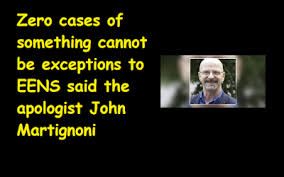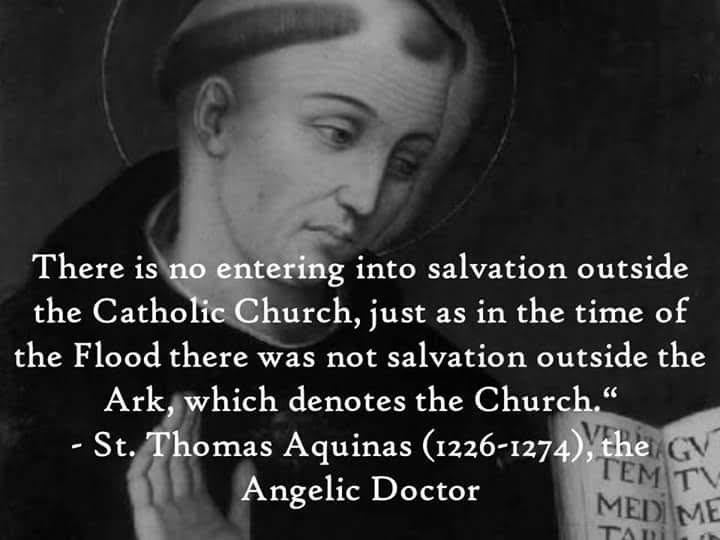August 17, 2018 (
LifeSiteNews) –Last week, the senate of Argentina
rejected the legalization of abortion by a mere handful of votes, sending shockwaves through the abortion movement and triggering
wild celebrations from Argentinian pro-lifers who took to the streets by the thousands, waving the blue kerchiefs that had become the symbol of their movement. The outraged abortion activists
responded with violence, chucking homemade fire-bombs and smashing everything in sight. Riot police with water cannons were forced to respond.
Since then, I’ve managed to connect with
several Argentinian pro-life activists on the ground to get a sense of how they managed to effectively keep abortion out of their country and mobilize so many people—at one point, they had three million people take to the streets right across Argentina.
The following interview is my exchange with lawyer and teacher María Amelia Moscoso Cardoso, Memé, who is also the Bethlehem Portal Coordinator (a home for mothers in need) and a member of the Federal Executive Board of the Federal Family Network of Argentina. She was kind enough to answer my questions and paint a vivid picture of Argentina’s vibrant pro-life movement and the battles they have been fighting—and continue to fight.
How was the pro-life movement mobilized in Argentina before the crucial vote?
In the month of February, from the moment our nation’s president announced that the legalization of abortion would be taken up in Congress, we began a path of resistance and unity that grew day by day, with two distinct stages—one prior to the decision in the Chamber of Deputies in which a lesser number of us were involved because many believed the legalization effort would fail in the Chamber, and a second stage following the approval of the bill in the Chamber that involved a much greater number of people and a stronger effort leading up to the final rejection of the bill in the Senate of the Nation on August 9th.
Pro-life organizations have existed in Argentina for many years. Portal de Belén (Bethlehem’s Portal), for example, has existed since 1991. The imminence of the consideration of the law made us wake up in our country, far and wide. Many new groups began in a spontaneous way not only to publicly voice their opposition to abortion, but also to work together to make it clear to the legislators that they wanted the people’s opposition to the bill to be reflected in a vote of rejection to the bill by the legislators.
Thus, organizations as well as individuals and families began to participate in the public space, with cartelazos (crossing with posters at traffic lights), ruidazos(meetings in public spaces to make noise), pañuelazos (in our country the use of identity handkerchiefs showed your position on the issue, on the one hand the green handkerchief that begun to be used several years ago to ask for the legalization of free abortion and then, this year the blue handkerchief which was used in sign of resistance to abortion), prayer chains…around one million signatures were collected addressed to Congress, asking for the rejection of the law, in contrast to less than seventy thousand in favor of abortion, among many other activities.
In Congress, various speakers were received to be heard by the deputies and senators. More than eight hundred of us contributed to the discussion. We brought to our Congress a perspective that takes care of all human lives, and in addition to sharing this view with the deputies and senators, our ideas were spread in all social networks and even the mainstream media began to give us some time.
Furthermore, despite the fact that for more than fifteen years we have celebrated the Day of the Child to be Born, this year's mobilization on Sunday, March 25, was the first major mobilization that demonstrated that the country was moved by the issue and willing to work for the rejection of abortion. On May 20, in the midst of the debate, there was a new invitation to take to the streets on June 10—[the] Sunday before the vote of deputies. The mobilization was in the interior of the country (not in Buenos Aires) with really amazing numbers. Even so, with very few votes’ difference (having achieved the last in the morning of the vote), we lost the vote--we felt that it was stolen from us--and now it was onto the Senate for the final discussion. We coordinated at the national level so that on August 5 we mobilized in the provinces and on the 8th, we were all in Buenos Aires at the door of Congress to show that Argentina is pro-life and is willing to reject the idea of legalizing abortion…the whole country in the capital with a single objective, to say No to abortion.
We were able to coin a slogan representative of our view on the issue of abortion: "Save the 2 Lives." This way we could show that to be against abortion is to be in favor of the life of the unborn children and also in favor of the woman.
What is the pro-life movement like in Argentina?
I think it is very difficult to define. The national pro-life movement is very varied, with intergenerational charisms, and made up of youth and adults of all ages. With joy I have been able to see even teenagers speak with knowledge and eloquence and assume effective leadership in public. Undoubtedly, what has been [the] most exciting thing during this time is to have seen that the cause of the defense of life has no owners, and even more, is rooted in the depths of the Argentine person.
For more than twenty years we have participated in the National Women's Meetings (pro-abortion feminists) to bring the pro-life voice, and with that to ensure that the conclusions are not unanimous so that they cannot use them to request the legalization of abortion. Since 2010, we have already worked in a collaboration with several organizations in the Federal Family Network, and also with others that are not part of the network but whom we know and with whom we coordinate actions throughout the country. This year, at the request of an organization in Buenos Aires, a platform called Unidad Provida (“Pro-Life Unity”) was also designed with the aim of unifying the campaign against legalization where new efforts were added.
We all take on in some way, the task of welcoming many who "woke up" to the call of the pro-life cause at this crucial moment so that we can to walk together--with much effort--and "resist" for our country (and also for Latin America). The pro-life movement has a new opportunity to be a daily reality in our country and that is good news.
Is Argentina still a largely pro-life country?
I believe that my country has deep pro-life roots. This has been especially evident in the mobilizations that were a true celebration. There were entire families, groups of young people, all singing with joy for the cause of LIFE, asking legislators to work to avoid abortions and not to legalize them. Defending true Human Rights, asking for support for vulnerable motherhood, and denouncing the shortcomings of the health system because women die more for not having adequate medical attention in pregnancy and childbirth than from clandestine abortions.
We have also seen with pain the advance of the culture of death, luring young people into adhering to the acceptance of abortion. The goal is also to bring the truth closer to those who think differently. We were also able to become aware as a country of the rulers and representatives that we have, that many had not spoken on the abortion issue, that they had remained silent. Now the people were telling them that they would never vote for them again if they voted in favor of abortion. That is also a challenge for the next elections.
Is the push for abortion in Argentina largely domestic push, or is it financed by foreign supporters of abortion?
During this time, it has become clear that the main organizations promoting legal abortion in Argentina were financed internationally…the links of IPPF (International Planned Parenthood Federation), with Casa Fusa, Fundación Huésped, Amnesty International, Catholics for Choice, etc. Undoubtedly, the international pressure has played a big role in the debate. In addition to that, the mainstream media has played a dominant role.
There was also in the country the spread of repeated lies that influenced the opinion of everyday people, especially the notion that it was urgent to legalize abortion because of the amount of clandestine abortions. The numbers were greatly exaggerated, as they were in the United States during the push to legalize abortion. The claim was made that there were half a million annual abortions in Argentina--impossible to prove, and impossible to believe due to the number of births and total population. It was said to be the main cause of maternal mortality, when in reality it ranks number 40 on the list of causes.
The lies were exposed, although the media did not echo it. Only the social networks and the pro-life speakers at Congress were the spokespersons for that. Even the "celebrities" who joined in defense of the pro-life cause did not have spaces of respect in the media. They were many times ignored or mistreated for thinking and saying that abortion is not a solution.
How will the pro-life movement fight against the next big push for abortion?
We have no time to rest. Since the National Senate rejected the project, immediately the intention was announced to amend the penal code, incorporating decriminalization for the woman who aborts. Thus, meetings have been initiated on this issue, although the project that was discussed spoke of decriminalization and legalization of abortion, and in principle the same issue cannot be taken up again in the legislature until 2019. It is evident that the President is interested in legalizing abortion (hopefully not because of international organizations from whom he is asking for money).
We will continue working in at least three ways: 1. Strengthening the organizations that accompany women and children. It is key that we reach as many people as possible, that we help avoid abortions, save children and women from abortion, that we can help to achieve rights that have been postponed or violated, especially for women and children. 2. Trying to generate awareness of what abortion really is, and getting society to know the truth about abortion and to respect life from conception, rejecting any instance of legalization and decriminalization of abortion. And 3., Participating in direct and indirect political spaces so that the legalization of abortion is not achieved in our country.
We are clear that the battle is cultural, beyond the laws. This is a historical resistance --unique in the world--but even if at some point we lose it, our struggle continues against every abortion, against the culture of death.
Continued
https://www.lifesitenews.com/blogs/argentina-pro-lifer-reveals-strategy-behind-country-rejecting-legal-abortio
What should the pro-life in



































































